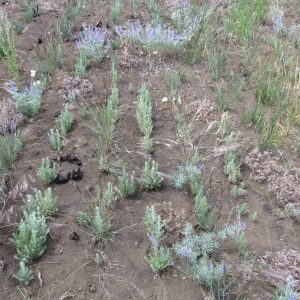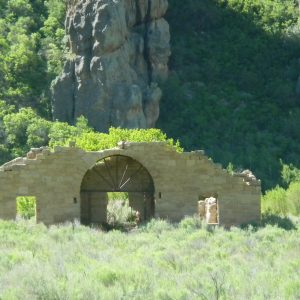Since I last wrote about New Mexico I have had several opportunities to explore outside of the Las Cruces area. One weekend we trekked to Carlsbad to see the caverns and watch the bats fly, the next trip was camping, hiking and checking out the cliff dwellings in the Gila Wilderness which was absolutely breathtaking, and last weekend was spent in attendance at the Native Plant Society of New Mexico Workshop in Santa Fe.
The weekend in Santa Fe allowed us to hear lectures covering topics ranging from various plant pollinators and their importance, to the paleogenic history of New Mexico, and the challenges in organizing taxonomy and writing identification keys. Although we brought the average age of the group down significantly, we were welcomed by the Native Plant Society and learned a great deal from the speakers, field guides, and even the other attendees.
Unfortunately drought is still delaying our progress with seed collections. I have been in Las Cruces since the middle July and have only taken part in one of the two collections that our team has made. We found the seeds of the Helenium microcephalum in primo condition when we went scouting around the Potrillos Mountain Range. Despite the lack of viable seeds ready for collection, we have been keeping quite busy with our surveying of button-sized cacti called Escobaria duncanii, Duncan’s Pincushion. A population was discovered and hand-mapped by our mentor in 1989 along limestone ridges in Mudspring Mountains near a town called Truth or Consequences. It is our task to record the current GPS coordinates, health, associated species, and community size of each Pincushion we find in the mountain range. The size and similarity to other cacti on the range makes this more of a challenge (see pictures).
Luckily our rain dances are starting to pay off. The crispy burnt areas in Southern New Mexico are starting to become green and rain showers are becoming more prevalent. I have high hopes of seeds to come and until the do we’ll keep hoping for more rain.

























